Disclosure: This article contains affiliate links. We may earn a commission from purchases at no extra cost to you, which helps our travel content.
I've chased sporting events across six continents, from cricket matches in Melbourne to baseball games in Tokyo, but sometimes the body and soul need a different kind of adventure. That's exactly what I found in Malaysia's Perhentian Islands - a place where time slows down and the daily 'workout' might just be paddling a kayak to a hidden cove or hiking through jungle trails to reach pristine beaches. As a physical therapist who's spent decades helping athletes and active folks maintain their bodies, I can tell you that these islands offer the perfect blend of adventure and recovery. After spending two weeks living among locals, eating what they eat, and moving how they move, I've returned with not just souvenirs, but a profound appreciation for the sustainable, connected lifestyle these islanders maintain. Let me show you how to experience the Perhentians not as a tourist, but as a temporary local.
Finding Your Island Home: Accommodation the Local Way
Forget the luxury resorts you'll find elsewhere in Southeast Asia. The real Perhentian experience happens in the family-run chalets and guesthouses that dot the coastlines of both Perhentian Besar (Big Island) and Perhentian Kecil (Small Island). I opted for a simple wooden chalet on Long Beach on Kecil, where for about 80-120 ringgit per night (roughly $20-30), I had a clean bed, cold shower, and a porch where I could watch the sunrise with a cup of local coffee.
The magic happened when I started chatting with my hosts – the Malay family had been on the island for generations and treated me like a distant relative rather than a paying guest. Within days, I was joining them for meals, learning about island conservation efforts, and getting invited to family gatherings where I was the only non-local present.
For those seeking even deeper immersion, ask about homestay options in the village on Kecil. While more basic (think shared bathrooms and occasional power outages), these accommodations put you right in the heart of island culture. My friend Ahmad offered me a room in his family compound for just 50 ringgit a night, including home-cooked meals.
One essential item for these authentic accommodations is a good travel sleep sheet. It gives you an extra layer of comfort on beds that might be firmer than you're used to, plus it's perfect for those occasional overnight fishing trips locals might invite you on.
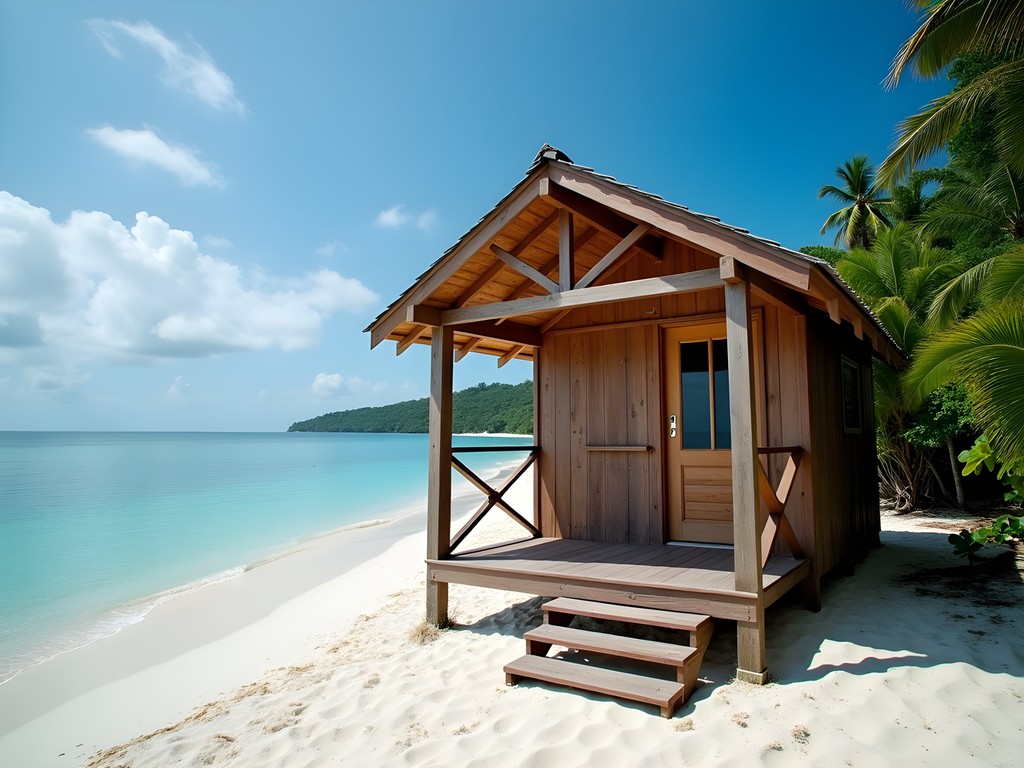
💡 Pro Tips
- Ask your accommodation host about their family history on the island – most are eager to share stories that tourists never hear
- Bring small gifts from your home country to share with your hosts – mine were thrilled with American baseball caps
- Consider splitting your stay between both islands for different experiences – Besar for quieter, family atmosphere and Kecil for more social interaction
Eating Like an Islander: Beyond the Tourist Menus
If you stick to the beachfront restaurants with English menus, you're missing the true flavors of the Perhentians. My breakthrough came when Faizal, a local fisherman I befriended during a snorkeling trip, invited me to his family's dinner. What followed was a feast of freshly caught fish, prepared with techniques passed down through generations.
The key to eating like a local is timing and location. The main fishing boats return around 2-3pm, and if you're at the small jetty on Kecil at this time, you can often buy fish directly from the boats. Take your catch to any of the smaller family restaurants away from the main beach, and for a small fee (10-15 ringgit), they'll cook it exactly how the locals prefer – usually grilled with minimal spices to let the freshness shine.
For breakfast, skip the tourist pancakes and seek out the small stalls that appear near the village around 7am. Here, you'll find nasi lemak (coconut rice with sambal, anchovies, and other toppings) wrapped in banana leaves for just a few ringgit. This protein-rich, complex-carb breakfast fuels islanders through their physically demanding mornings – something my physical therapist brain appreciates!
Don't miss the Friday night community barbecues that happen on the south end of Long Beach during peak season. Locals and visitors gather to grill the day's catch, share food, and play music. Bring something to contribute – I brought along my portable spice kit which became an instant hit with the local cooks who were curious about American seasoning blends.
For vegetarians, the local specialty is sayur kampung – foraged jungle vegetables stir-fried with chili and belacan (shrimp paste). Ask specifically for this, as it rarely appears on tourist menus despite being a staple in local homes.

💡 Pro Tips
- Learn the Malay words for common foods – locals appreciate the effort and you'll get more authentic recommendations
- Eat when locals eat (earlier than typical Western mealtimes) for the freshest food
- Always accept food offerings in homes – it's considered impolite to refuse and often leads to wonderful cultural exchanges
Moving Like a Local: Island Transportation and Activities
Forget taxis and rental cars – on the Perhentians, you'll be using your body the way it was designed to move. The islands have no roads or motorized land vehicles, which as a physical therapist, I find absolutely refreshing. Everyone walks, swims, or boats to get around, and after just a few days, I could feel my body responding positively to this natural movement pattern.
The main transportation between islands and to remote beaches is the water taxi. These small boats can be chartered for about 40-50 ringgit, but here's the local hack: hang around the jetties around 9am or 4pm when boats are making regular runs, and you can hop on for just 10-15 ringgit per person. Just be ready to wait until the boat fills up with enough passengers.
For exploring on land, invest in a good pair of water shoes – the jungle trails between beaches can be slippery and rocky, and you'll often find yourself wading through shallow water to reach hidden coves. The locals navigate these paths effortlessly, often barefoot, but proper footwear will save you from potential injuries.
The real local experience comes from joining in daily activities. I spent several mornings helping fishermen repair nets (a great workout for the hands and forearms) and afternoons participating in beach clean-ups organized by the Perhentian Marine Research Station. Not only did these activities connect me with locals who later invited me to their homes, but they also provided functional fitness that targets muscle groups we rarely use in our desk-bound Western lives.
Don't miss the chance to learn traditional spearfishing from the island's older residents. While I initially worried about the sustainability aspect, I discovered that local spearfishing techniques are highly selective and waste-free – a stark contrast to commercial fishing methods. The skill required is immense, and the full-body workout rivals any gym session I've ever designed for my clients back home.
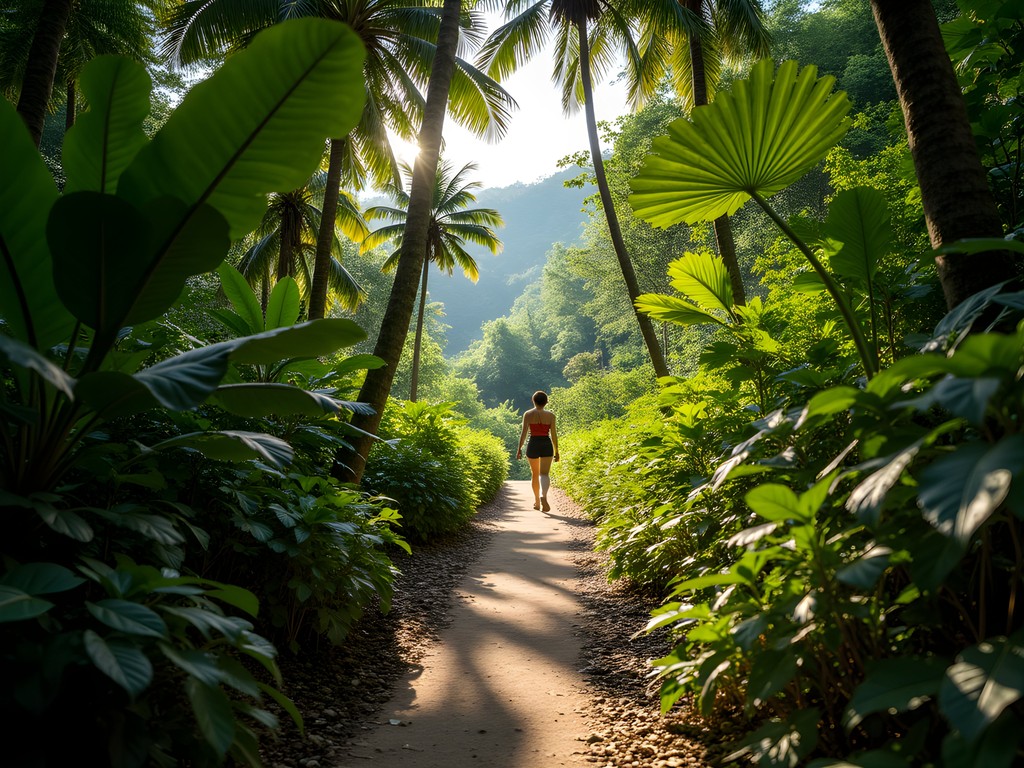
💡 Pro Tips
- Pack light – you'll be carrying everything you bring across beaches and jungle paths
- Learn basic swimming techniques from locals who've mastered energy-efficient strokes perfect for tropical waters
- Join the weekly beach volleyball games that happen near Coral Bay – they welcome visitors and it's a great way to make local friends
Island Conservation: Participating in Local Sustainability Efforts
The Perhentians face significant environmental challenges – from coral bleaching to plastic pollution. What impressed me most was how the local community has mobilized to protect their paradise, and how easily visitors can contribute meaningfully to these efforts.
My first week on the island, I noticed a group of local children collecting plastic bottles on the beach. They introduced me to the Perhentian Turtle Project, where I spent several afternoons helping monitor nesting sites and participating in their innovative recycling program. The project turns plastic waste into eco-bricks for construction and education materials for the island school.
To truly connect with the conservation-minded locals, bring a reusable water bottle with filter. The islands have limited freshwater, and locals notice and appreciate visitors who minimize plastic waste. My filtered bottle became a conversation starter with environmental activists who later invited me to join their coral restoration dives.
The most profound experience came through joining the weekly reef surveys conducted by marine biologists and trained locals. After a brief training session, I was helping document coral health and fish populations – data that directly influences local fishing practices and conservation policies. This wasn't just tourist volunteerism; I was contributing to real science while learning traditional ecological knowledge from people whose ancestors have sustainably harvested these waters for centuries.
For those interested in deeper involvement, the Perhentian Marine Research Station offers week-long volunteer programs where you'll work alongside locals on everything from turtle hatching to community education initiatives. The 500 ringgit fee includes basic accommodation and meals, making it one of the most affordable and authentic ways to experience island life while giving back.
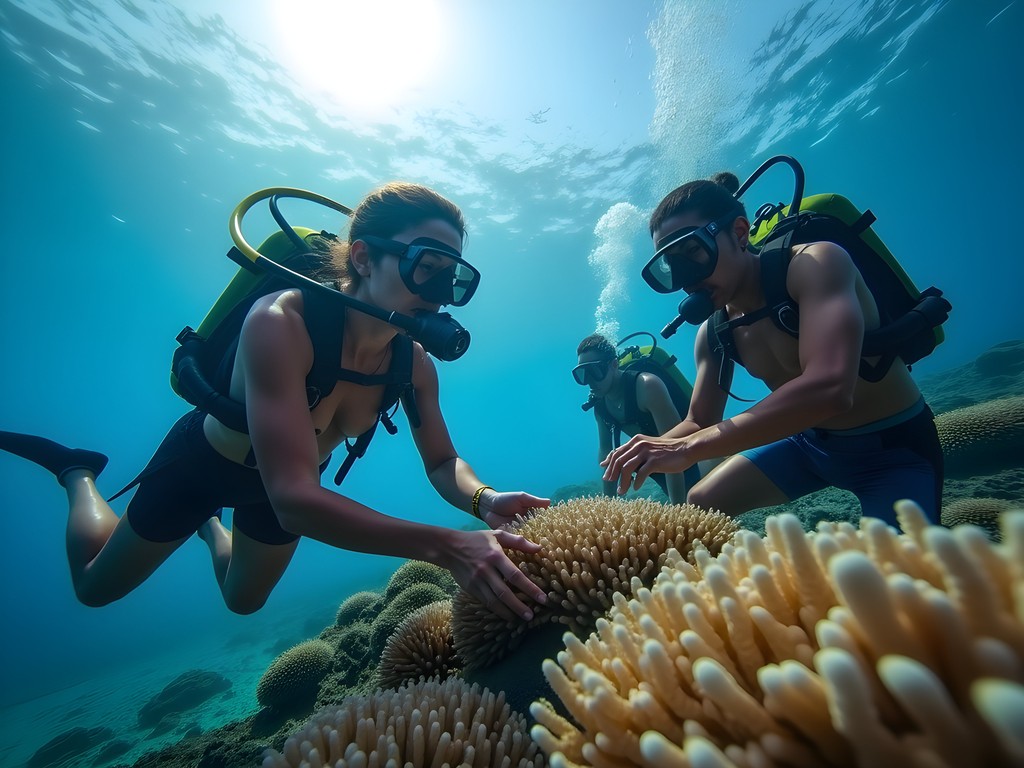
💡 Pro Tips
- Attend the free conservation talks held at Turtle Bay Cafe every Wednesday evening to meet like-minded locals and expats
- Learn the Malay terms for different marine species – locals will take your interest more seriously when you use proper terminology
- Bring reef-safe sunscreen only – chemical sunscreens are increasingly viewed negatively by environmentally conscious islanders
Cultural Immersion: Connecting with Island Communities
The Perhentians are home to a fascinating mix of Malay fishing families, sea nomads with Thai ancestry, and more recent arrivals from mainland Malaysia. What binds them is a distinct island identity that transcends ethnic backgrounds – and accessing this cultural richness requires intention and respect.
My breakthrough came when I attended Friday prayers at the small mosque in the fishing village. Though I'm not Muslim, I was welcomed to observe, and afterward was invited to a community meal where elders shared stories about the islands before tourism arrived. Simple gestures of respect – covering appropriate body parts, removing shoes, basic Malay greetings – opened doors that remain closed to many visitors.
The local school welcomes visitors on Tuesday mornings, where you can join English conversation practice with students. I brought a polaroid camera which was a huge hit – being able to leave printed photos with the children and their teachers created instant connections and genuine gratitude.
Don't miss the traditional boat-building workshop on the northern end of Perhentian Besar. Here, master craftsmen still construct wooden fishing vessels using techniques passed down through generations. They welcome observers, and if you express genuine interest, you might be invited to try your hand at basic tasks. I spent a fascinating afternoon learning about different wood types and their properties – knowledge that connects directly to the sustainable resource management that has allowed these communities to thrive for centuries.
For a deeper understanding of local spiritual beliefs, ask permission to visit the small shrine near Turtle Beach where fishermen make offerings before dangerous deep-sea expeditions. The caretaker, an elderly man named Pak Mat, speaks limited English but communicates beautifully through gestures and shared silence. Bringing a small offering of fruit or flowers (never money) shows respect for local customs and often leads to meaningful exchanges about how island spirituality connects to environmental stewardship.
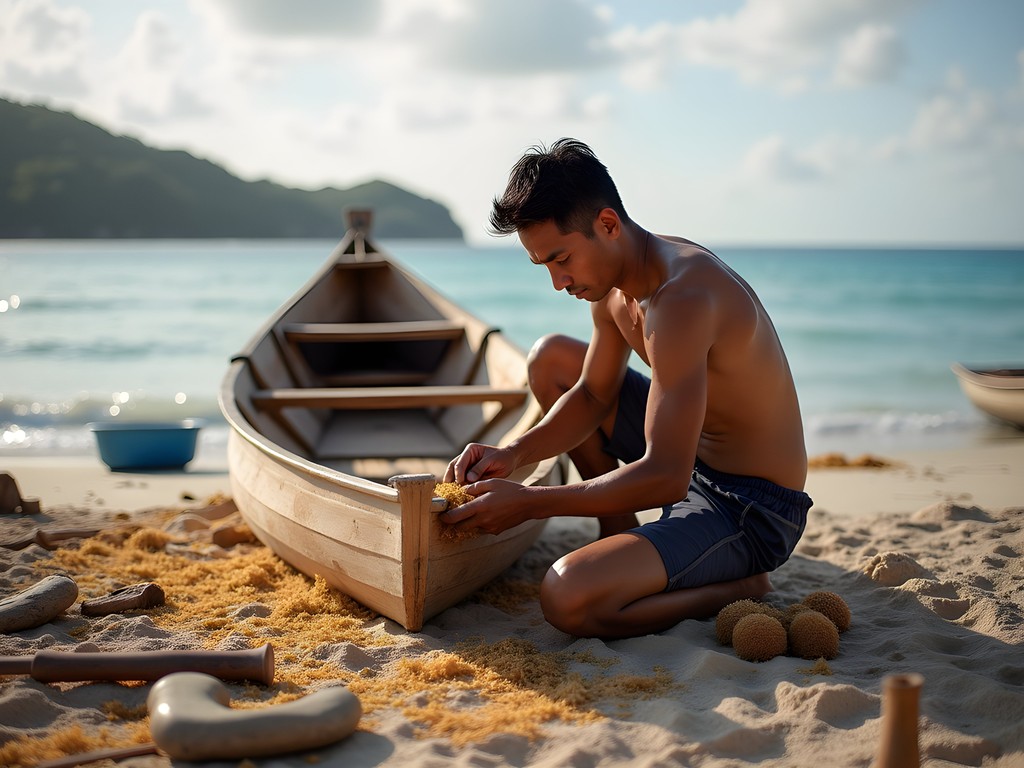
💡 Pro Tips
- Learn at least 10 basic Malay phrases – locals immediately warm up to visitors making language efforts
- Ask permission before photographing people, especially in the village areas
- Dress modestly when visiting the village – shoulders covered and knee-length shorts/skirts show respect for local cultural norms
Final Thoughts
As I boarded the boat back to the mainland, my body felt stronger, my mind clearer, and my perspective forever changed by two weeks of living the Perhentian way. These islands offer far more than picture-perfect beaches and vibrant coral reefs – they provide a masterclass in sustainable living, community connection, and finding adventure in harmony with nature. The physical benefits of moving like a local – swimming, hiking, paddling – remind me that our bodies thrive when returning to natural movement patterns. But the greater transformation came from the relationships formed and lessons learned from people who measure wealth not in ringgit but in community strength and environmental health. Whether you're seeking active adventure, cultural immersion, or conservation opportunities, approach these islands with respect, curiosity, and openness. The Perhentians will reward you with experiences no luxury resort could ever provide. I'll be back next year, not as a returning visitor, but as a friend coming home.
✨ Key Takeaways
- Stay in locally-owned accommodations to access authentic island experiences and cultural insights
- Eat where and when locals eat for the freshest food and meaningful community connections
- Contribute to conservation efforts to build relationships with environmentally-conscious islanders
- Learn basic Malay phrases and respect local customs to access experiences most tourists never discover
📋 Practical Information
Best Time to Visit
March-early June (before monsoon season)
Budget Estimate
$30-50 per day including accommodation, food and activities
Recommended Duration
Minimum 10 days to build local relationships
Difficulty Level
Moderate To Challenging (Requires Comfort With Basic Facilities And Physical Activity)

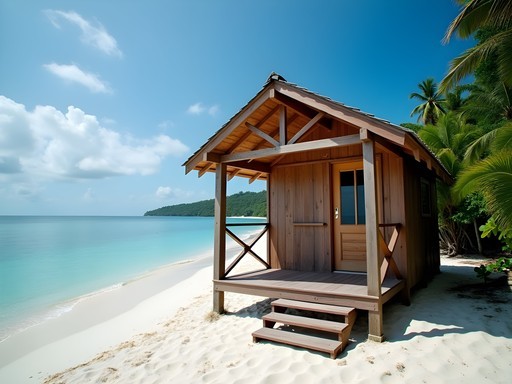














Comments
bluenomad
Great write-up! If anyone's heading there, don't miss Ekor Tebu Beach on the southwest side of Perhentian Kecil. It's a 40-minute hike from the main area but totally worth it. We had it completely to ourselves one afternoon and saw baby sharks in the shallows! Also, the night snorkeling with bioluminescent plankton was MIND-BLOWING. Ask for Captain Din at the small jetty - he knows all the best spots!
Frank Garcia
Kevin, this is exactly the kind of authentic content that's missing from most travel blogs. I appreciate how you've highlighted both the beauty and the challenges of the islands. The Perhentians are indeed at a crossroads between development and preservation. I visited in 2022 and again last month, and the difference was noticeable - more construction, more boats, more tourists. Your tips about staying in local accommodations are crucial - it ensures money goes directly to islanders rather than outside investors. One thing to add: the coral bleaching situation has worsened since your visit. The local marine biology station welcomes visitors on Thursdays for educational talks about their conservation work. Well worth attending for anyone who wants to understand the fragile ecosystem here.
Kevin Thompson
Thanks Frank - that's disheartening to hear about the coral. I wasn't aware the marine station had public talks now - that's a great tip I'll add to the post!
winterpro
Great write-up Kevin! Just got back from the Perhentians last month and can confirm your local tips are spot-on. For anyone heading there - the food stalls behind Long Beach are where it's at. Skip the tourist restaurants and find the small family operations. There's an amazing aunty who makes the best sambal fish I've ever tasted, wrapped in banana leaf. Just 15 ringgit! Also, the water situation is real - bring a good filter bottle as plastic waste is a huge problem. The marine park fee is now 30 ringgit and they're actually enforcing it, which is good news for conservation.
starwalker
Those sunset photos are incredible! Adding this to my bucket list right now.
islandvibes
Going there next month! Which side of the islands would you recommend for someone who wants both relaxation and some nightlife? And any tips on getting from KL to the islands efficiently?
winterpro
Not Kevin but I was there recently - stay on Long Beach (Perhentian Kecil) for a bit of nightlife while still being chill. For transport, fly to Kota Bharu then take the bus to Kuala Besut jetty. Book boat tickets in advance during high season!
islandvibes
Thanks so much for the tips winterpro! Really appreciate it.
Haley Hamilton
Kevin, your post captures the soul of the Perhentians perfectly! I spent a month island-hopping Malaysia last summer, and the Perhentians were the highlight. For anyone planning a trip: definitely try the local fishing trips mentioned in Kevin's post. I joined one at sunrise with an older fisherman named Pak Ali who barely spoke English, but somehow we communicated through gestures and smiles. He showed me how they've fished these waters for generations using sustainable methods. We caught our breakfast and cooked it right on a tiny secluded beach. These experiences aren't in guidebooks - you have to talk to locals and be willing to step outside your comfort zone. Also, the coral restoration project Kevin mentioned is still going strong - they always need volunteers!
globemate
This looks amazing! How's the internet there? Need to stay connected for work but really want to escape.
Kevin Thompson
It's spotty at best! Most guesthouses have WiFi but it's very unreliable. I used my portable hotspot as backup and it worked well enough for basic emails and messaging. But honestly, it's the perfect place to disconnect!
summerqueen
Kevin, this post brought back so many memories! I spent 10 days in the Perhentians last year and completely agree about staying in the local villages rather than resorts. We found this amazing family-run guesthouse on Perhentian Kecil through a local connection and ate the most incredible home-cooked Malaysian food every night. The conservation section really resonated too - we joined a beach cleanup and it was such a rewarding way to give back to this paradise. Did you try the night snorkeling? Absolutely magical experience seeing the bioluminescence!
Kevin Thompson
Thanks summerqueen! Yes, the night snorkeling was incredible - those glowing plankton were like underwater stars. Which village did you stay in?
summerqueen
We stayed in Kampung Pasir Hantu! The family taught us how to make proper Malaysian tea too. Such wonderful people.
luckyadventurer
Great post! I'm heading there in November - is that a good time weather-wise? I've heard mixed things about the monsoon season.
Kevin Thompson
November is tricky - it's the start of monsoon season on the east coast. Many places shut down from November to February. If your dates are flexible, March-October is much better. If November is your only option, check with accommodations first as boat services can be limited or cancelled during rough seas.
Mason Sullivan
Kevin, your post captures exactly what makes the Perhentians special! I spent 3 weeks there last summer on a tight budget and can confirm everything you've written. For budget travelers, I'd add that the communal dinners at Mama's Place on Long Beach are not just affordable but a great way to meet locals. I ended up fishing with some of the guys I met there and they showed me spots tourists never find. The conservation angle you highlighted is crucial - the islands are definitely feeling the impact of tourism. I joined the reef restoration project you mentioned and it was the highlight of my trip. Side note: did you try the secret jungle path between Coral Bay and D'Lagoon? That hike changed my life!
Kevin Thompson
Mason - I did that jungle path on my last day! Almost missed my boat back because I couldn't tear myself away from the private beach at the end. Those monitor lizards on the trail were massive!
Venture X
Premium card with 2X miles, $300 travel credit, Priority Pass